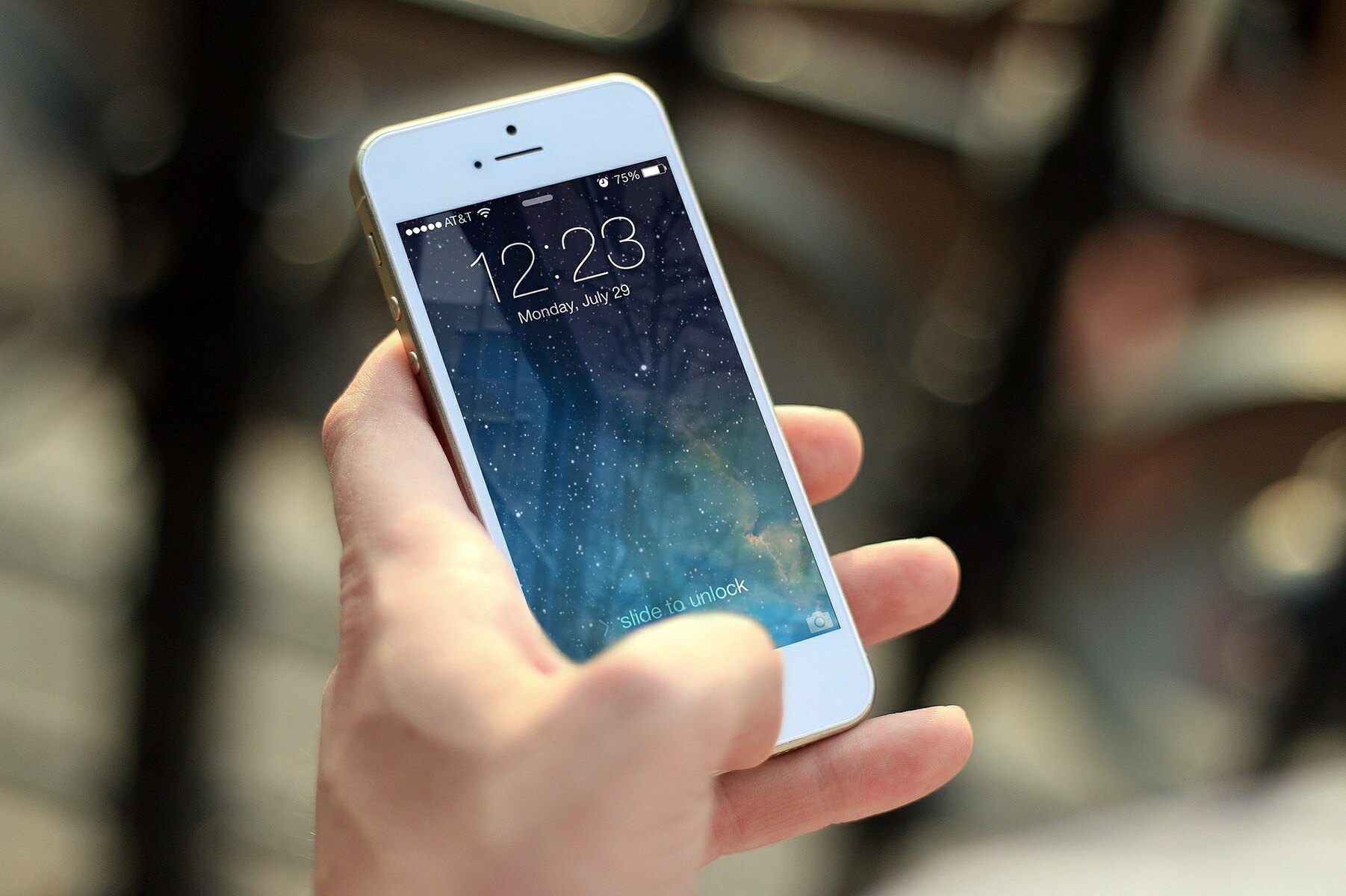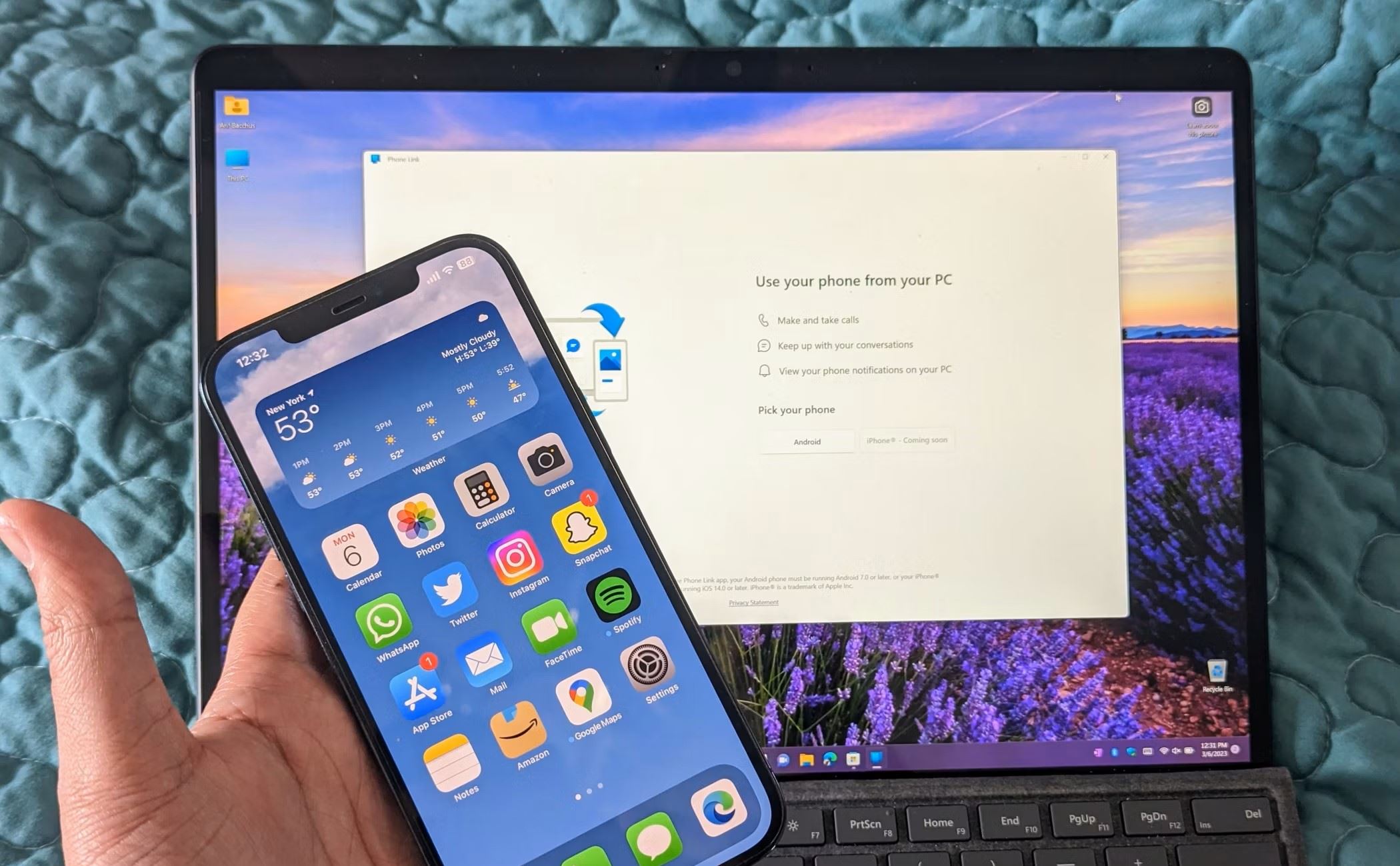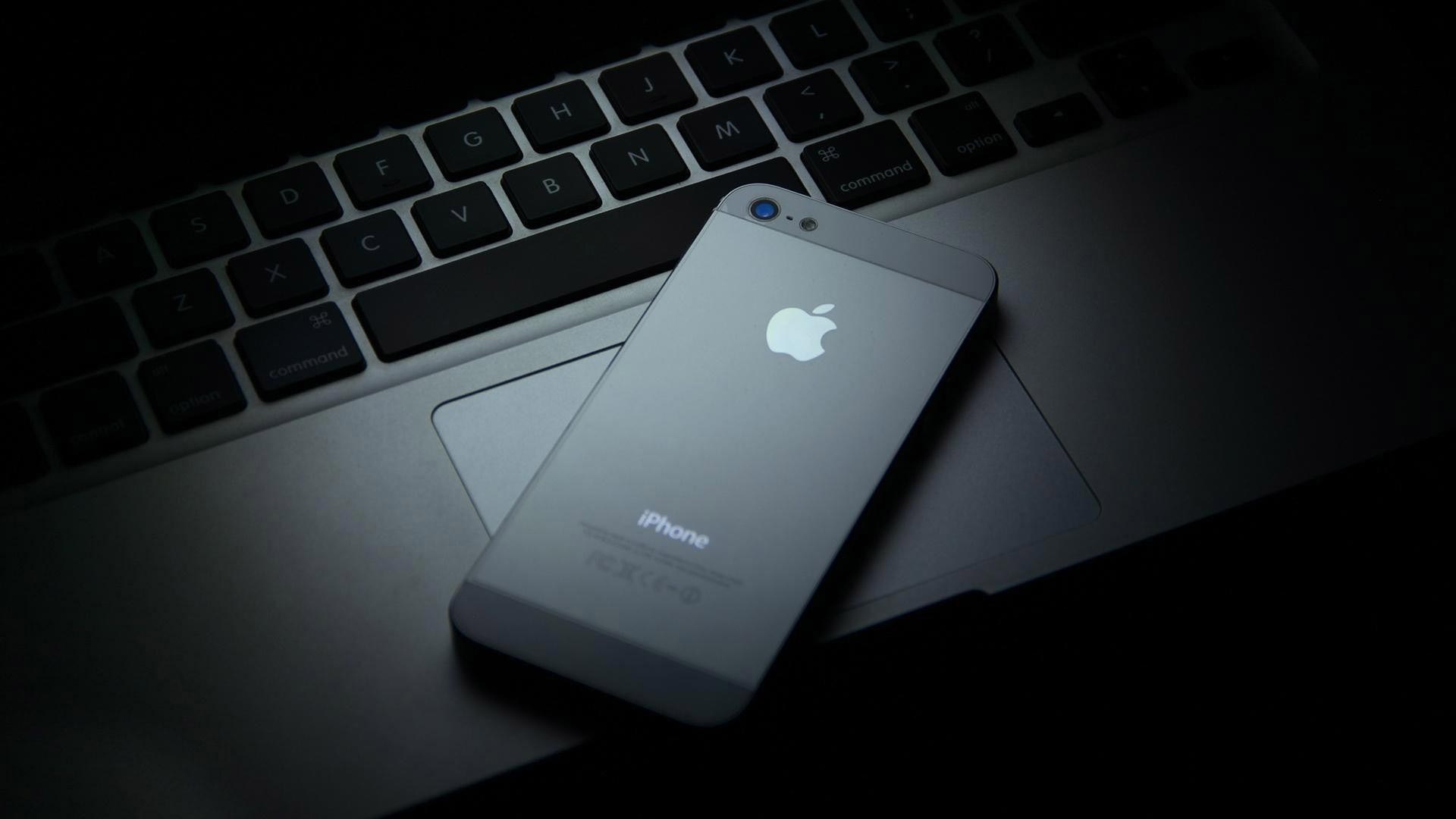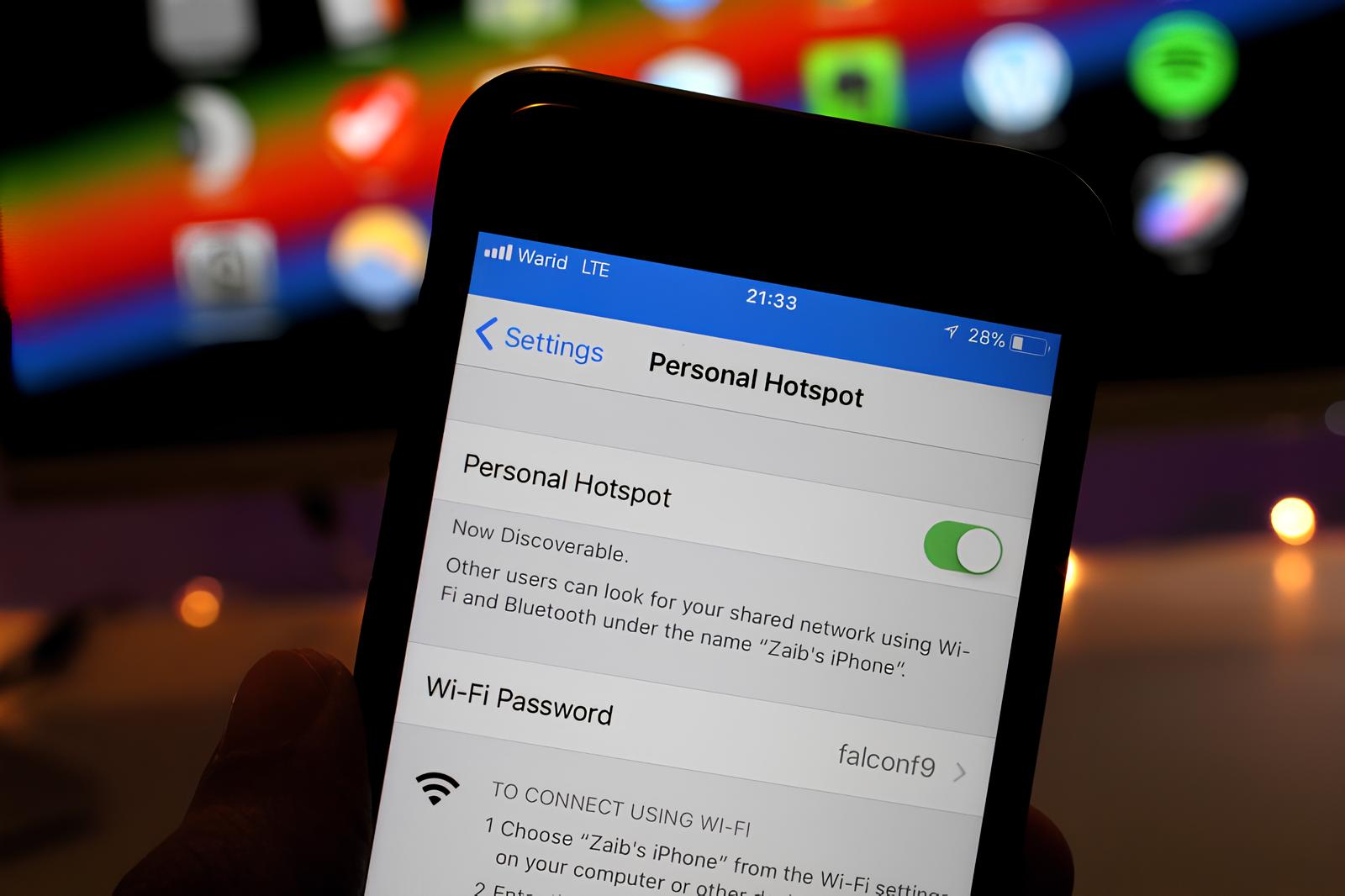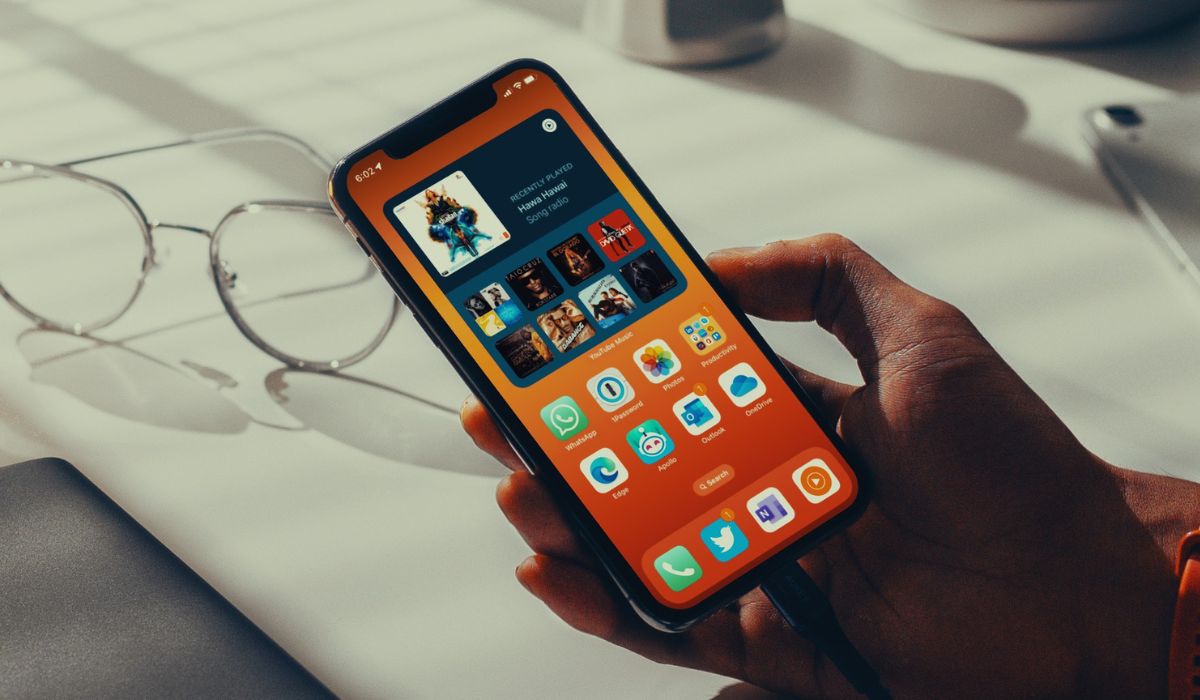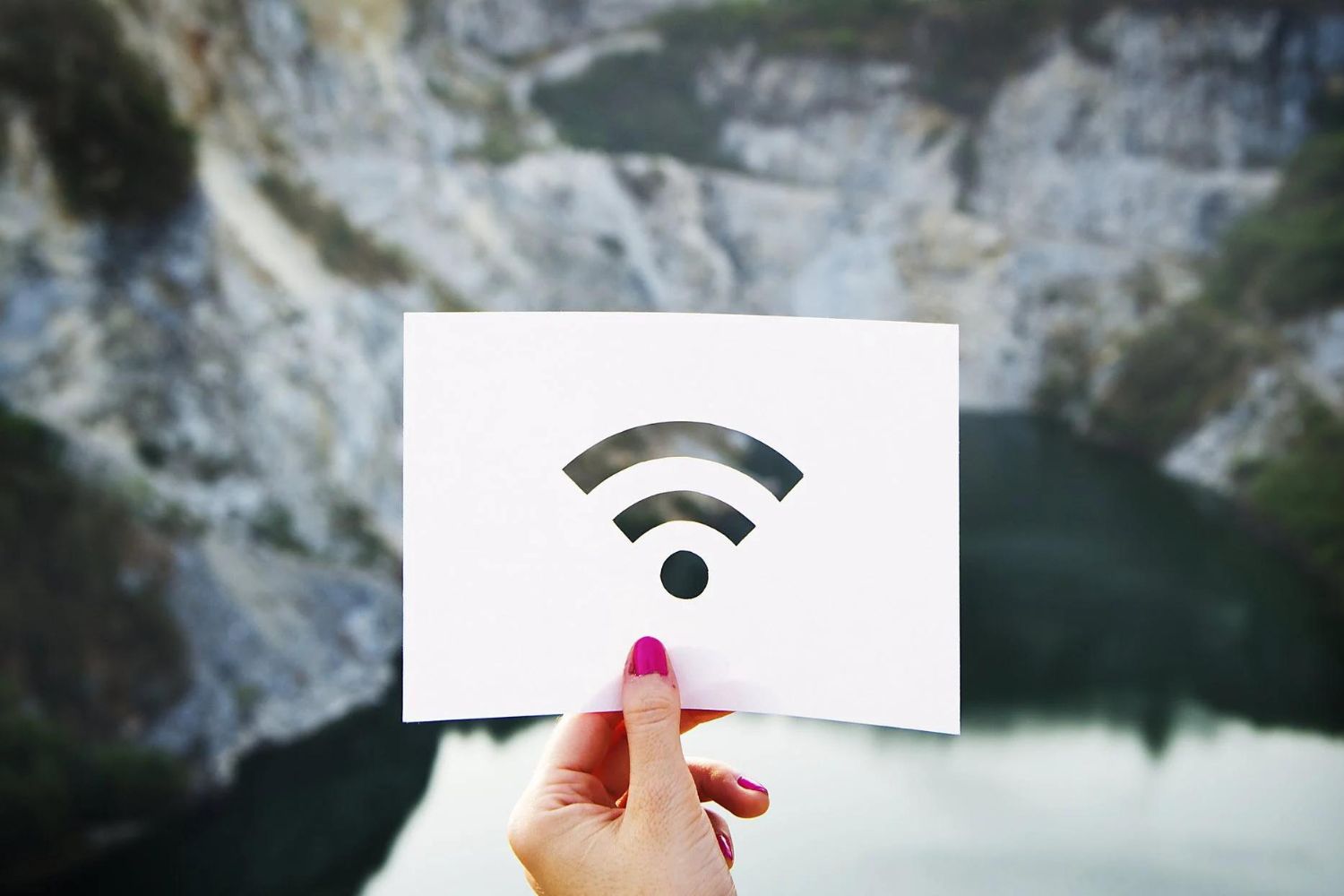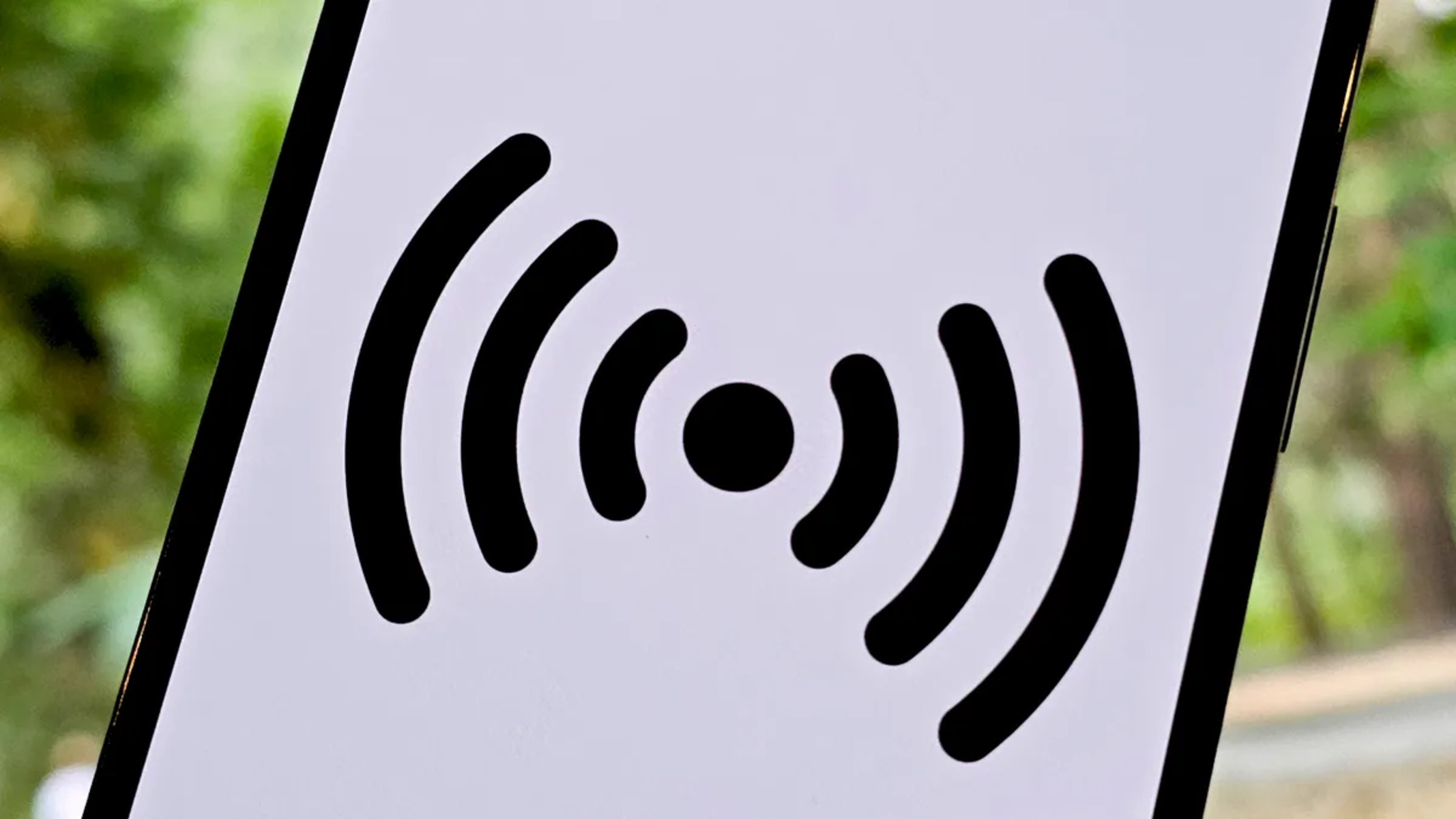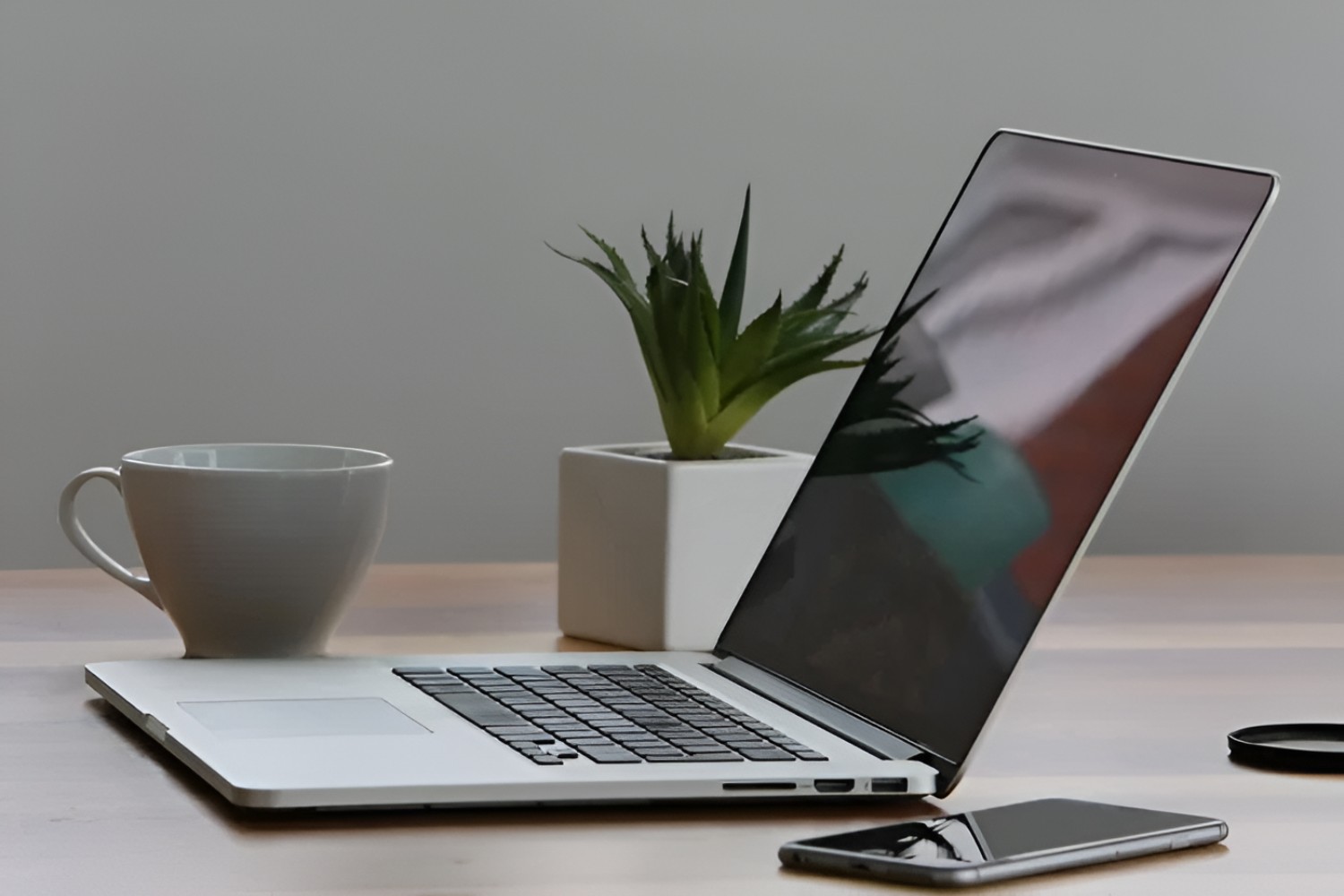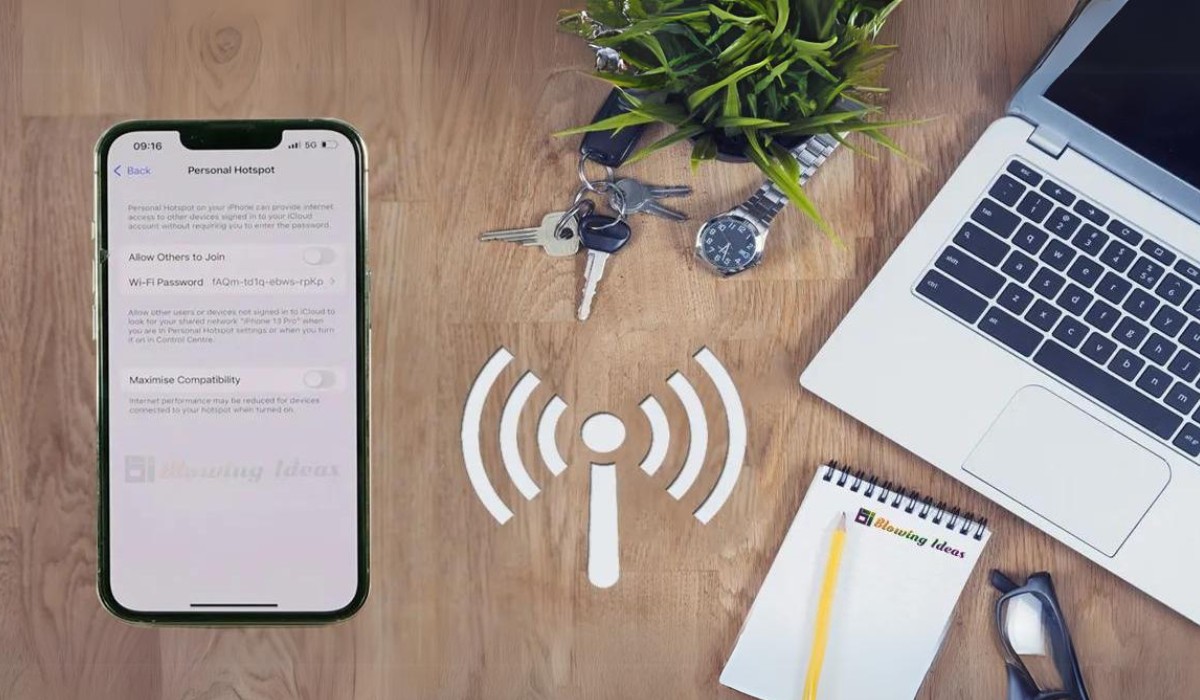Introduction
In today's hyper-connected world, seamless internet connectivity has become a necessity. Whether you're on the go or facing network outages, having a backup plan for internet access is crucial. One popular solution for maintaining connectivity is utilizing the personal hotspot feature on your iPhone to provide internet access to other devices, such as a Windows 10 laptop or PC.
Setting up and connecting to an iPhone hotspot from a Windows 10 device can be a convenient way to stay connected, especially when traditional Wi-Fi networks are unavailable. In this guide, we will explore the step-by-step process of setting up an iPhone hotspot and connecting a Windows 10 device to it. Additionally, we will delve into troubleshooting common connection issues that may arise during this process.
By the end of this guide, you will have a comprehensive understanding of how to effectively leverage your iPhone's hotspot feature to ensure seamless internet connectivity for your Windows 10 device. Let's dive into the details of setting up and troubleshooting the connection between an iPhone hotspot and a Windows 10 device.
Setting up iPhone Hotspot
Setting up an iPhone hotspot is a straightforward process that allows you to share your device's cellular data connection with other devices, such as a Windows 10 laptop or PC. To begin, access the "Settings" app on your iPhone and navigate to the "Personal Hotspot" option. Here, you can enable the hotspot feature and customize the network name and password to your preference. Once the hotspot is activated, your iPhone essentially functions as a portable Wi-Fi hotspot, providing internet access to nearby devices.
When setting up the iPhone hotspot, it's essential to ensure that your cellular data plan supports tethering, as this feature may vary depending on your carrier and subscription. Additionally, it's advisable to keep an eye on your data usage, especially when sharing the hotspot with multiple devices, to avoid unexpected overage charges.
By configuring the iPhone hotspot, you empower your device to serve as a reliable source of internet connectivity, offering flexibility and convenience, particularly in situations where traditional Wi-Fi networks are unavailable or unreliable. With the hotspot established, you are now ready to connect your Windows 10 device and leverage the iPhone's cellular data connection for seamless internet access.
Setting up the iPhone hotspot lays the foundation for establishing a stable and secure connection between your iPhone and Windows 10 device. This process not only enhances your connectivity options but also demonstrates the versatility of modern mobile technology in facilitating efficient data sharing across devices.
In the next section, we will explore the steps to connect a Windows 10 device to the iPhone hotspot, enabling you to harness the full potential of your iPhone's internet-sharing capabilities. Let's delve into the process of connecting your Windows 10 device to the iPhone hotspot and unlocking a world of seamless connectivity.
Connecting Windows 10 to iPhone Hotspot
Connecting your Windows 10 device to your iPhone hotspot is a straightforward process that enables you to leverage the iPhone's cellular data connection for seamless internet access. Follow these steps to establish a stable connection between your Windows 10 laptop or PC and your iPhone hotspot:
-
Enable Wi-Fi on Windows 10: Ensure that the Wi-Fi feature on your Windows 10 device is turned on. You can do this by clicking on the Wi-Fi icon in the system tray located at the bottom right corner of the screen. Select your Wi-Fi network from the list of available networks.
-
Select iPhone Hotspot: Once the Wi-Fi settings are open, locate and select your iPhone hotspot from the list of available networks. This will be the network name (SSID) you configured when setting up the iPhone hotspot.
-
Enter Hotspot Password: When prompted, enter the password you set for your iPhone hotspot during the setup process. This password ensures secure access to the hotspot and prevents unauthorized users from connecting to it.
-
Establish Connection: After entering the correct password, your Windows 10 device will initiate the connection process with the iPhone hotspot. Once the connection is established, you will see the Wi-Fi icon change to indicate a successful connection.
-
Verify Connectivity: To ensure that the connection is working as expected, open a web browser or any internet-dependent application on your Windows 10 device. If the connection is successful, you should be able to browse the internet and access online services using your iPhone's cellular data.
By following these steps, you can seamlessly connect your Windows 10 device to your iPhone hotspot, enabling you to access the internet and stay productive even when traditional Wi-Fi networks are unavailable. This process exemplifies the flexibility and convenience offered by the iPhone's hotspot feature, allowing you to harness its cellular data connection for a wide range of online activities.
Connecting your Windows 10 device to the iPhone hotspot expands your connectivity options, providing a reliable backup internet source and ensuring that you remain connected regardless of the surrounding network conditions. This seamless integration between your iPhone and Windows 10 device showcases the interoperability of modern technology, empowering users to adapt to various connectivity scenarios with ease and efficiency.
Troubleshooting common connection issues
Even though connecting a Windows 10 device to an iPhone hotspot is generally a smooth process, certain issues may occasionally arise that can disrupt the connection. Understanding and addressing these common connection issues is essential to ensure uninterrupted internet access. Here are some troubleshooting steps to resolve potential issues:
1. Signal Strength and Proximity
- Issue: Weak signal or excessive distance between the Windows 10 device and the iPhone hotspot can lead to connectivity issues.
- Solution: Ensure that the Windows 10 device is within a reasonable range of the iPhone to receive a strong Wi-Fi signal. Avoid obstacles or interference that may weaken the signal strength.
2. Incorrect Hotspot Password
- Issue: Entering an incorrect password for the iPhone hotspot can prevent the Windows 10 device from establishing a connection.
- Solution: Double-check the password entered on the Windows 10 device to ensure it matches the password set for the iPhone hotspot. Pay attention to capitalization and any special characters in the password.
3. Hotspot Activation
- Issue: In some cases, the iPhone hotspot may not be activated or enabled, preventing other devices from connecting to it.
- Solution: Verify that the hotspot feature is activated on the iPhone by navigating to the "Settings" app and selecting "Personal Hotspot." If it is disabled, enable the hotspot and attempt the connection again.
4. Cellular Data Limitations
- Issue: If the iPhone has reached its data limit or is experiencing network restrictions, it may impact the ability to share the hotspot connection with the Windows 10 device.
- Solution: Check the cellular data usage on the iPhone to ensure it has not reached its limit. Additionally, verify if there are any network restrictions or outages that may be affecting the iPhone's ability to provide a hotspot connection.
5. Windows 10 Wi-Fi Settings
- Issue: Incorrect Wi-Fi settings or driver issues on the Windows 10 device can hinder the connection to the iPhone hotspot.
- Solution: Verify that the Wi-Fi adapter on the Windows 10 device is functioning properly and has the latest drivers installed. Additionally, ensure that the Wi-Fi settings are configured to allow connections to the iPhone hotspot.
6. Software Updates
- Issue: Outdated software on either the iPhone or the Windows 10 device can lead to compatibility issues and connectivity disruptions.
- Solution: Check for and install any available software updates on both the iPhone and the Windows 10 device to ensure compatibility and optimal performance when connecting to the iPhone hotspot.
By addressing these common connection issues through the suggested troubleshooting steps, you can effectively resolve connectivity issues and ensure a seamless connection between your Windows 10 device and the iPhone hotspot. These troubleshooting measures empower users to overcome potential obstacles and maintain consistent internet access, leveraging the full potential of the iPhone's hotspot feature for reliable connectivity.
The troubleshooting process not only enhances the user's technical proficiency but also underscores the adaptability and resilience of modern technology, enabling users to overcome connectivity challenges with confidence and efficiency.
Conclusion
In conclusion, the ability to connect a Windows 10 device to an iPhone hotspot represents a valuable solution for maintaining seamless internet connectivity in various scenarios. By following the outlined steps for setting up the iPhone hotspot and establishing the connection with a Windows 10 device, users can leverage the versatility of their iPhone's cellular data connection to stay connected and productive.
The process of setting up the iPhone hotspot not only demonstrates the user-friendly nature of modern mobile technology but also underscores the convenience and flexibility it offers. Enabling the hotspot feature on the iPhone empowers users to transform their device into a portable Wi-Fi hotspot, providing a reliable source of internet connectivity that can be easily shared with other devices, including Windows 10 laptops and PCs.
Connecting a Windows 10 device to the iPhone hotspot further exemplifies the seamless integration of technology, allowing users to access the internet and online services with ease. This connectivity bridge between the iPhone and Windows 10 device showcases the adaptability of modern devices, enabling users to navigate various connectivity scenarios and ensuring uninterrupted access to the digital world.
Moreover, the troubleshooting measures provided for addressing common connection issues serve as a valuable resource for users encountering potential obstacles. By understanding and resolving these issues, users can maintain a stable and consistent connection between their Windows 10 device and the iPhone hotspot, enhancing their overall digital experience.
In essence, the process of setting up and connecting to an iPhone hotspot from a Windows 10 device not only fosters efficient data sharing but also reflects the seamless synergy between mobile and desktop technologies. This integration empowers users to transcend traditional connectivity limitations, ensuring that they remain connected and productive in diverse environments.
By embracing the capabilities of the iPhone hotspot feature and understanding the intricacies of connecting to it from a Windows 10 device, users can confidently navigate the evolving landscape of digital connectivity, leveraging the full potential of their devices to stay connected, informed, and engaged.







